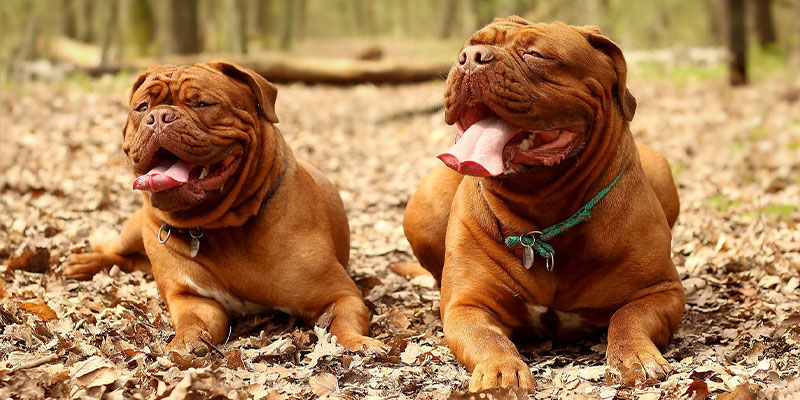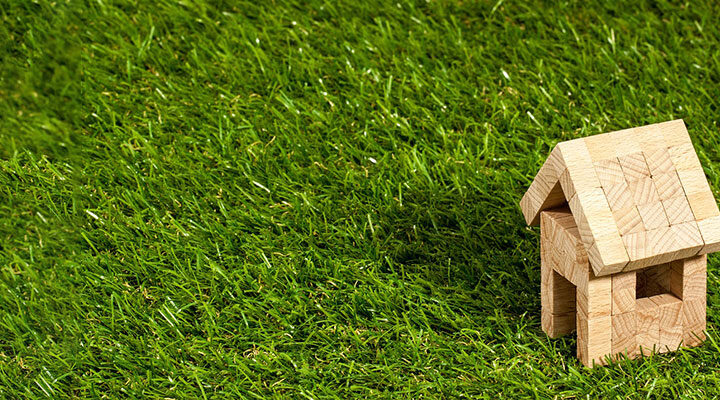
You love cultivating your garden, but your dog might have other plans! When it comes to keeping your furry friends safe and maintaining your garden, there’s no need to compromise—you can enjoy your flowers and keep your pup out of trouble.
Dogs Are Destroying My Flowers, Shrubs, and Trees
Management Tips:
- Training: Train your dog to use a designated bathroom area. Mulch or gravel works best—it’s effective and keeps plants safe.
- Exercise: Make sure your dog gets plenty of physical activity. Bored dogs are more likely to chew on your plants.
Plant Replacements:
- Shasta daisies and catmint are hardy and more dog-resistant.
Garden Adjustments:
- Fence in your garden plots to keep dogs out.
- Use hanging containers or seasonal pots to elevate your plants.
- Add water features, garden art, or rock features to beautify your garden while limiting access to delicate plants.
Dogs Are Killing My Grass
It’s a fact: all dogs can damage grass, regardless of breed or gender. And no, it’s not about their urine’s pH. Those “grass-protecting” supplements? They’re not scientifically proven, and their safety is questionable. So what can you do?
Management Tips:
- Training: Like with flowers, train your dog to use a designated bathroom area. Mulch or gravel is still the gold standard.
- Provide more water: Keeping your dog hydrated dilutes their urine and reduces damage.
- Repair spots promptly: When you see a yellow patch, rake out the dead grass, apply fresh soil, and reseed. (Skip the home remedies like baking soda—they don’t work.)
- Fertilize regularly: Nitrogen spots will stand out less in a well-fertilized lawn. Just don’t overdo it, or you risk burning your grass.
- Increase irrigation: Frequent watering helps dilute salts and prevents drought stress.
Grass Replacement Options:
- For a Kentucky Bluegrass lawn, spot-seed with Kentucky bluegrass or perennial ryegrass.
- For Tall Fescue lawns, use dwarf fescue seed.
- For Fine Fescue lawns, stick with fine fescue seed.
- For Zoysiagrass or Bermudagrass lawns, transplant or lay sod for the best results.
Alternative Solutions:
- Artificial turf: If you go this route, invest in a high-quality product and professional installation. Cheaper turf tends to smell over time, even with odor eliminators. Please note; artificial turf requires monthly maintenance and needs replacing after about 10 years.
- Hardscaping: Consider laid bricks, stonework, or stamped concrete as permanent, dog-proof lawn alternatives.
Final Thoughts
Maintaining a beautiful garden while keeping your dog safe doesn’t have to be a battle. With a mix of management, replacement, and creative solutions, you can have the best of both worlds.
Credits & Sources
Polachic, Darlene. “Pots, Pots & More Pots” Gardens West, vol 20, no. 6, July August 2006, pp. 5-16.

